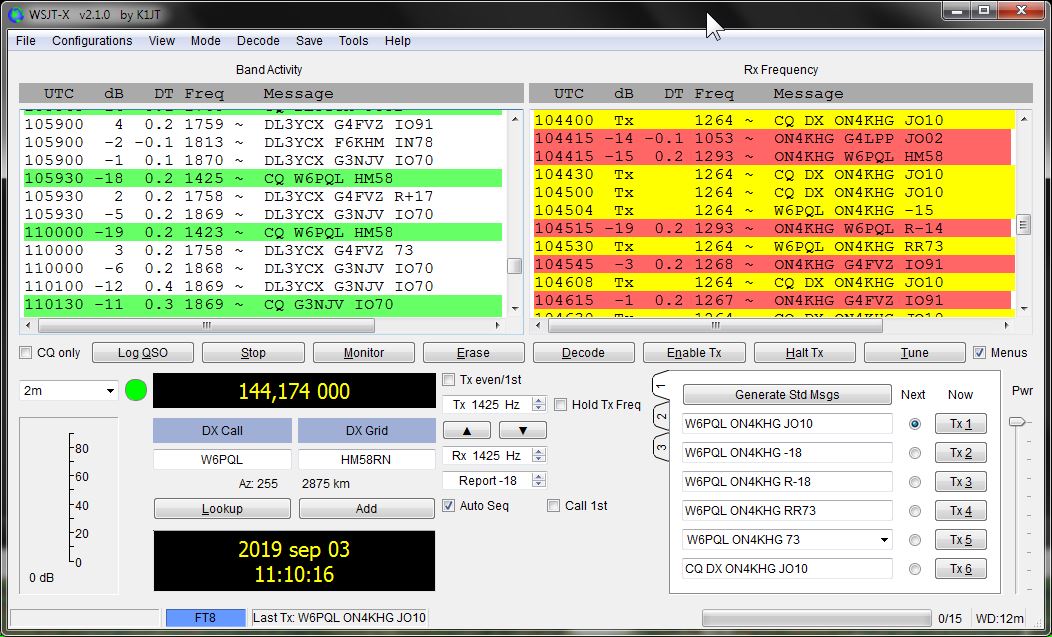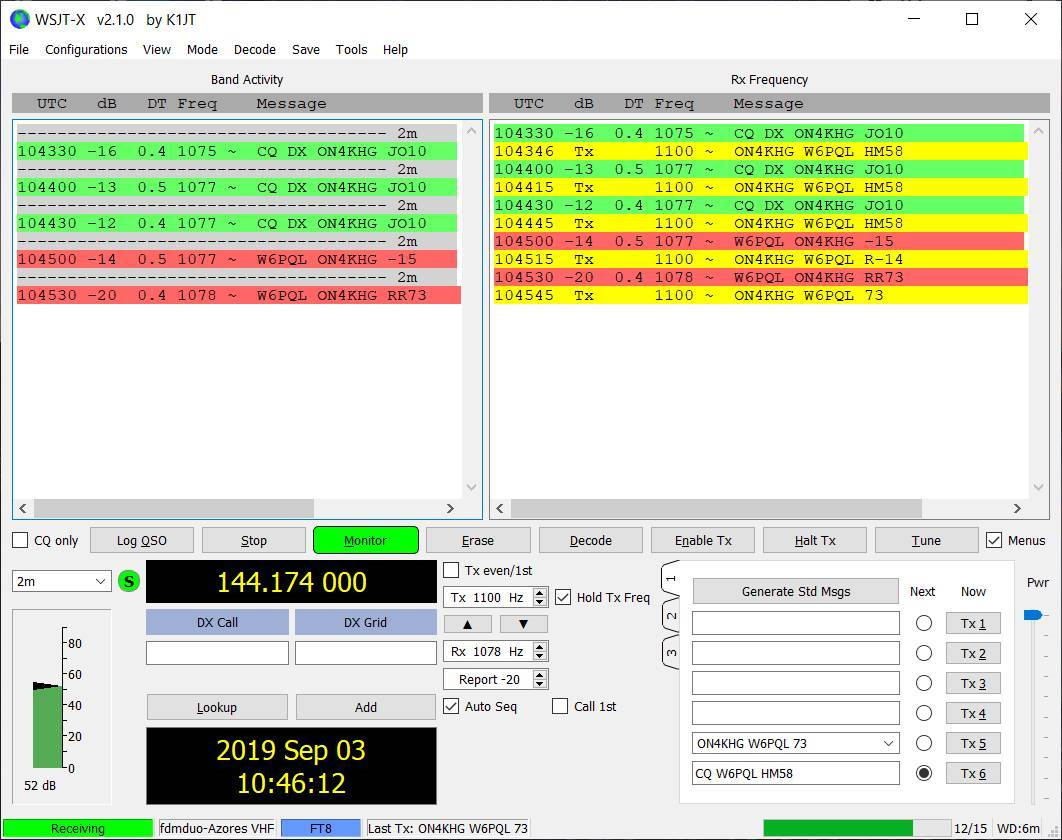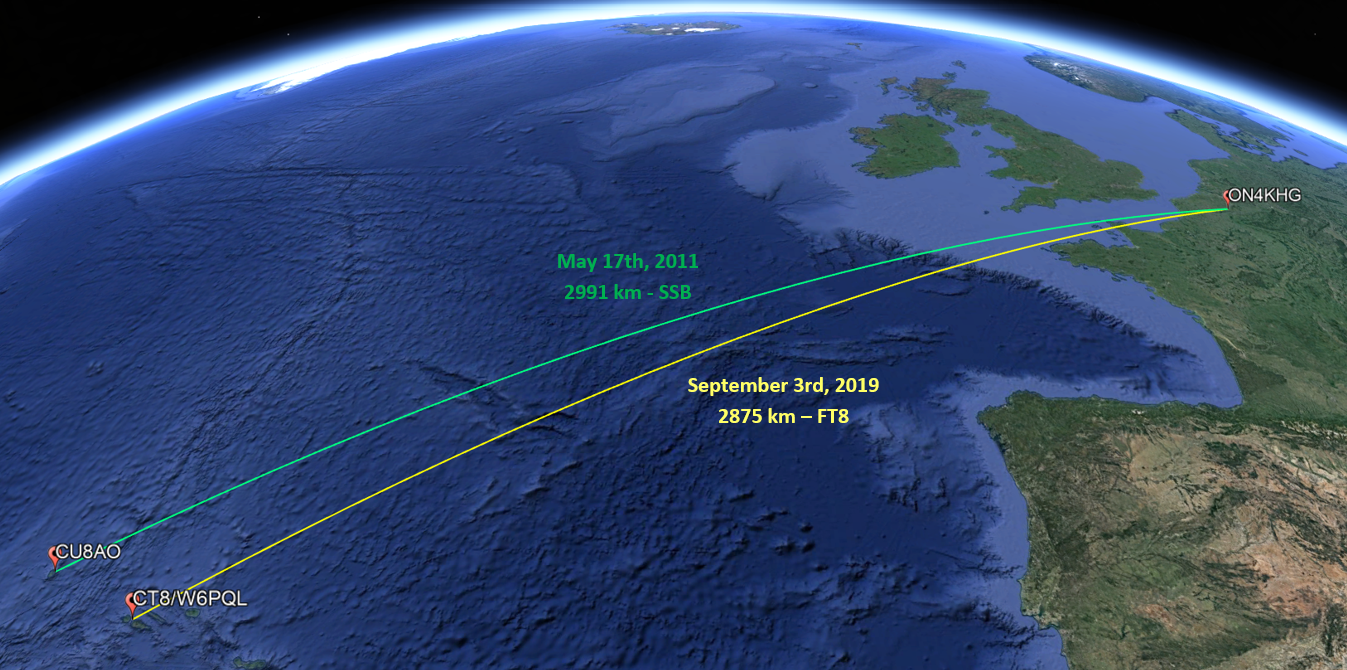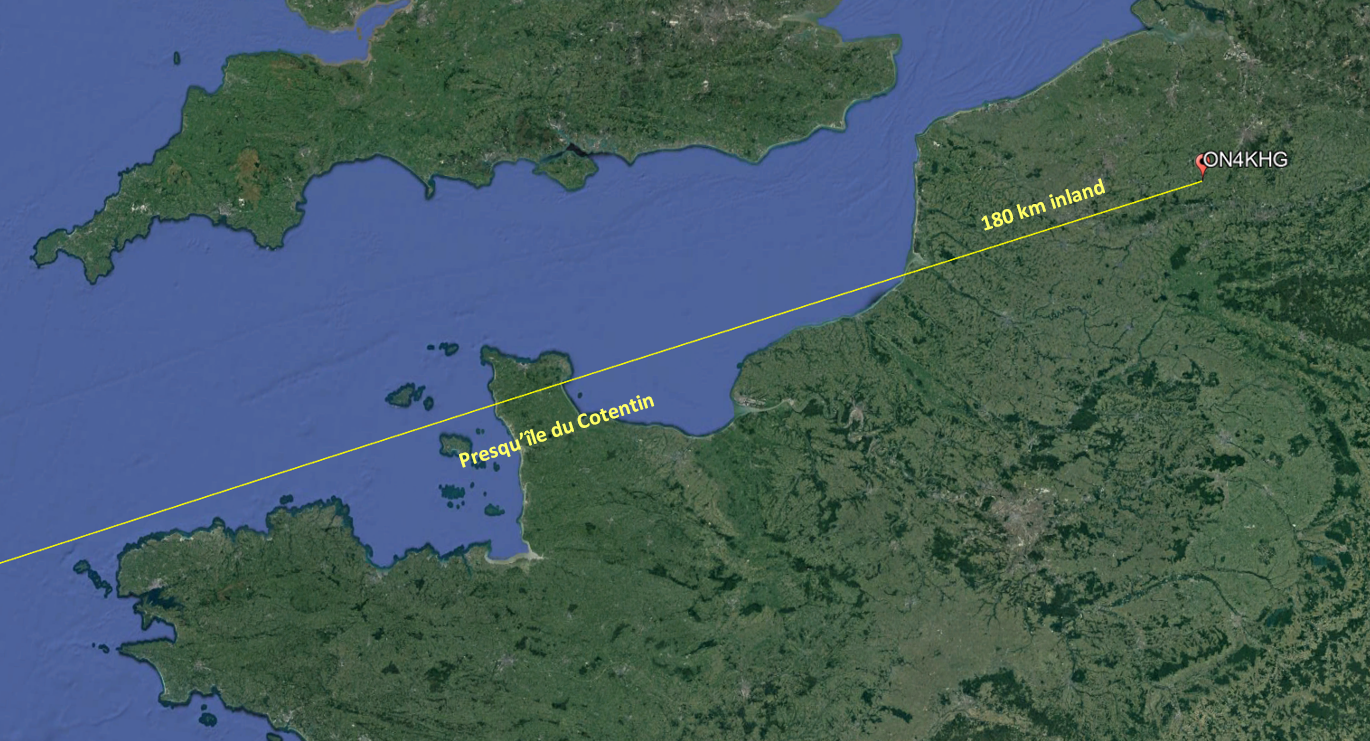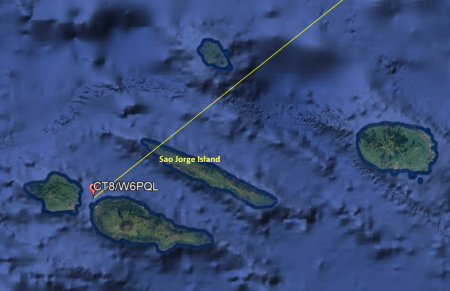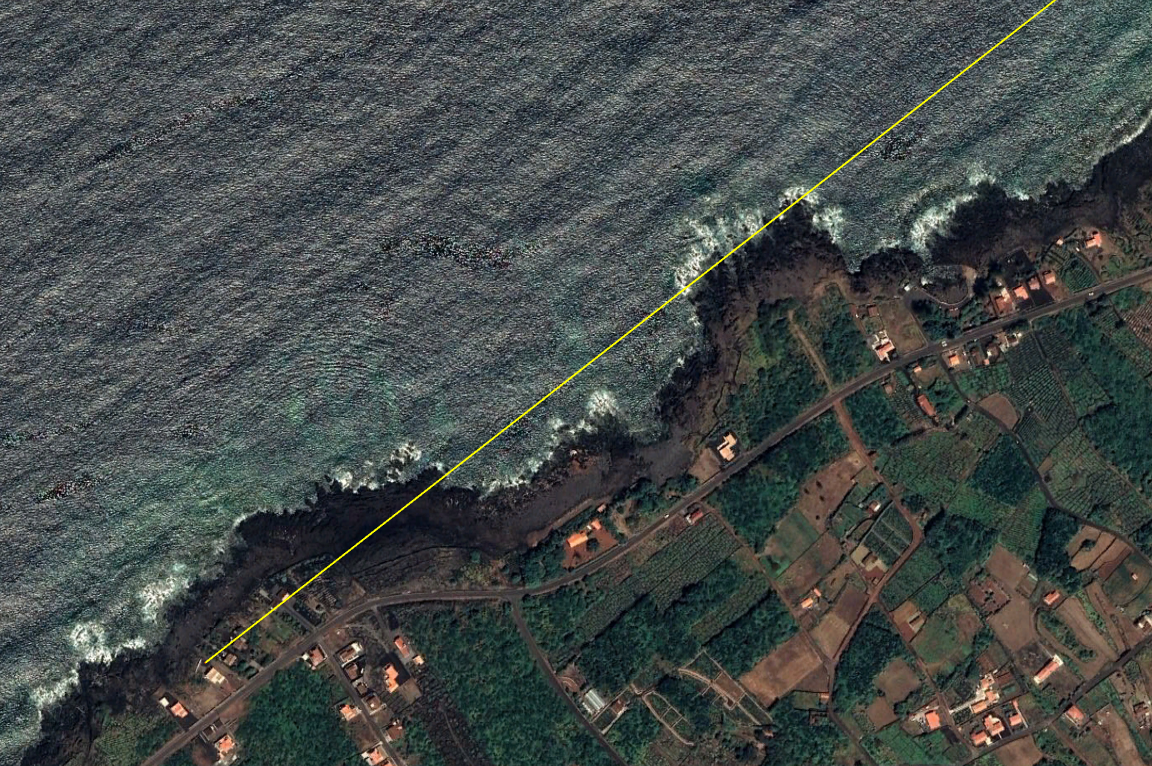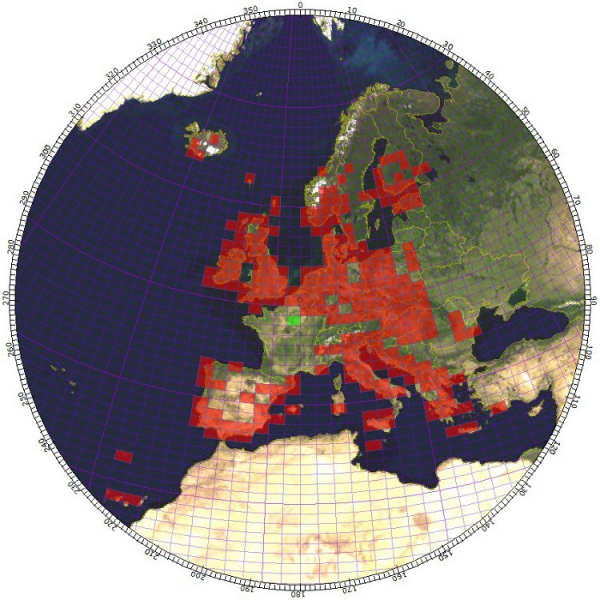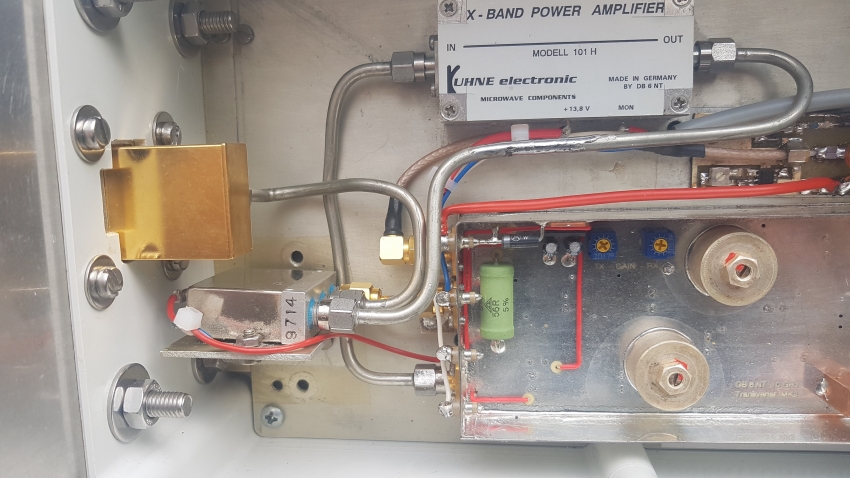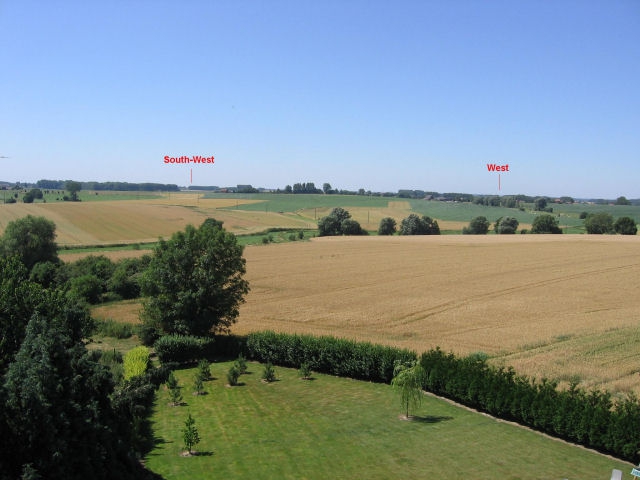On Tuesday September 3rd, 2019, I have been lucky enough to work CT8/W6PQL on 144 MHz in FT8 (QRB 2875 km) in Tropo. James is active in August/September 2019 from his holiday house on Pico Island (HM58RN) in the Azores archipelago.
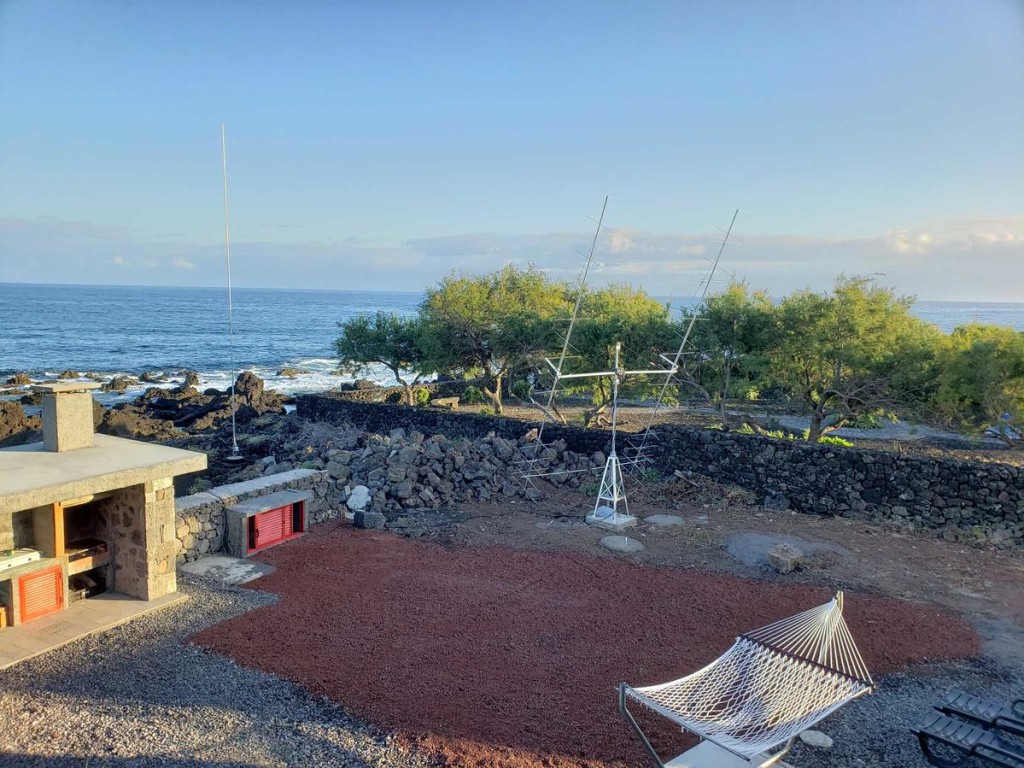 From HM58, James was so far active mostly in EME with 2x10el Xpol and 1kW. I worked James already last year and one week ago in EME. I wasn’t aware James was also active in Tropo. So, when I saw the spot of F8DBF (IN78) highlighting a QSO with CT8/W6PQL, I turned my antennas towards Azores, tuned my transceiver on 144.174 MHz and started calling “CQ DX ON4KHG JO10” in FT8, without too much hope…
From HM58, James was so far active mostly in EME with 2x10el Xpol and 1kW. I worked James already last year and one week ago in EME. I wasn’t aware James was also active in Tropo. So, when I saw the spot of F8DBF (IN78) highlighting a QSO with CT8/W6PQL, I turned my antennas towards Azores, tuned my transceiver on 144.174 MHz and started calling “CQ DX ON4KHG JO10” in FT8, without too much hope…
After a few sequences, and despite some non-DX stations were calling me (a real problem in FT8 sometimes…), I couldn’t believe my eyes, CT8/W6PQL was calling me ! Actually, “W6PQL” was calling. Indeed, James is used to EME JT65 operation and in JT65, a callsign like “CT8/W6PQL” isn’t supported (I think). In FT8, “CT8/W6PQL” is well supported but then the QRA locator isn’t sent (exchanging the QRA locator isn’t mandatory for a valid QSO according to the IARU however). Since the callsign was truncated, a few ones (against digital modes) will probably claim the QSO wasn’t valid (or just not valid at all because being in FT8 ;o). Well, it is just a matter of software “misuse” (if the callsign of James would have been CT8XYZ, there wouldn’t be any discussion) and most important, the propagation path was open, allowing distant stations to exchange a minimum set of information for a valid QSO. So, from my own perspective there is no question the QSO is complete or not,… it is ! After our QSO, I saw James calling again, as can be seen on the screenshot below seen from my station :
James sent me the screenshot of our QSO from his station :
The strongest James received me was -12dB (in a 2500 Hz BW) and me -15dB from him. This shouldn’t have been strong enough to sustain a CW QSO. This is the second time I work Azores on 144 MHz in Tropo.
The first time was on May 17th, 2011, when I worked Fred, CU8AO (HM49KL) in SSB over a 2991 km path. The CU8DUB beacon was then audible here quite strong for hours :
CU8AO calling DX on May 17th, 2011 :
SAPCE
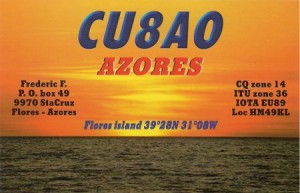
Frank, PA4EME, heard CU8DUB too over 3150 km. One year before, on September 14th, 2010, the same beacon was heard 529 in Belgium by Michel, ON4POO, and CU8AO made several QSO’s with UK and French stations on the Atlantic coast, but none with Belgium.
SPACE
SPACE
For my 2 QSO’s with Azores, the path wasn’t totally over the sea. To the QTF of Azores, I’m living 180 km inland. For the QSO with CT8/W6PQL, the path was even more further interrupted by lands at two occasions, the French “presqu’île du Cotentin” (Normandy) and at James’ side the Sao Jorge Island.
Right after the QSO with James, CT8/W6PQL, I listened to the French beacon F5ZSF in Brittany (IN88) on 144.409. It wasn’t stronger than usual, just about normal (539 or so).
SPACE
SPACE
Path to ON from James’house in CT8 :
The F5LEN tropo forecast indicated a strong tropo enhancement between Azores and Brittany, but not extending any further. This forecast turned out to be quite reliable however !
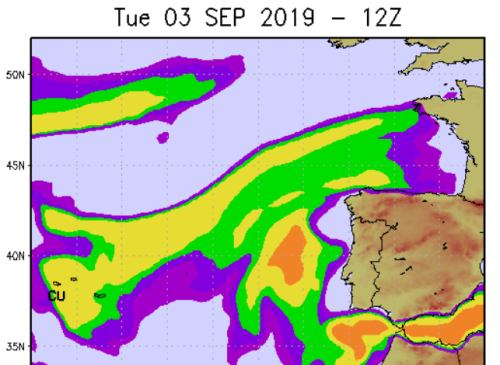
SAPCE
SAPCE
PACDE
So, beside the now famous UK/EI <> EA8/D4 path, the CU8 <> F/UK/ON path deserves attention though the CU8DUB beacon isn’t active anymore unfortunately.
SPACE
SPACE


